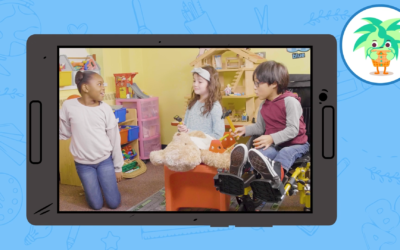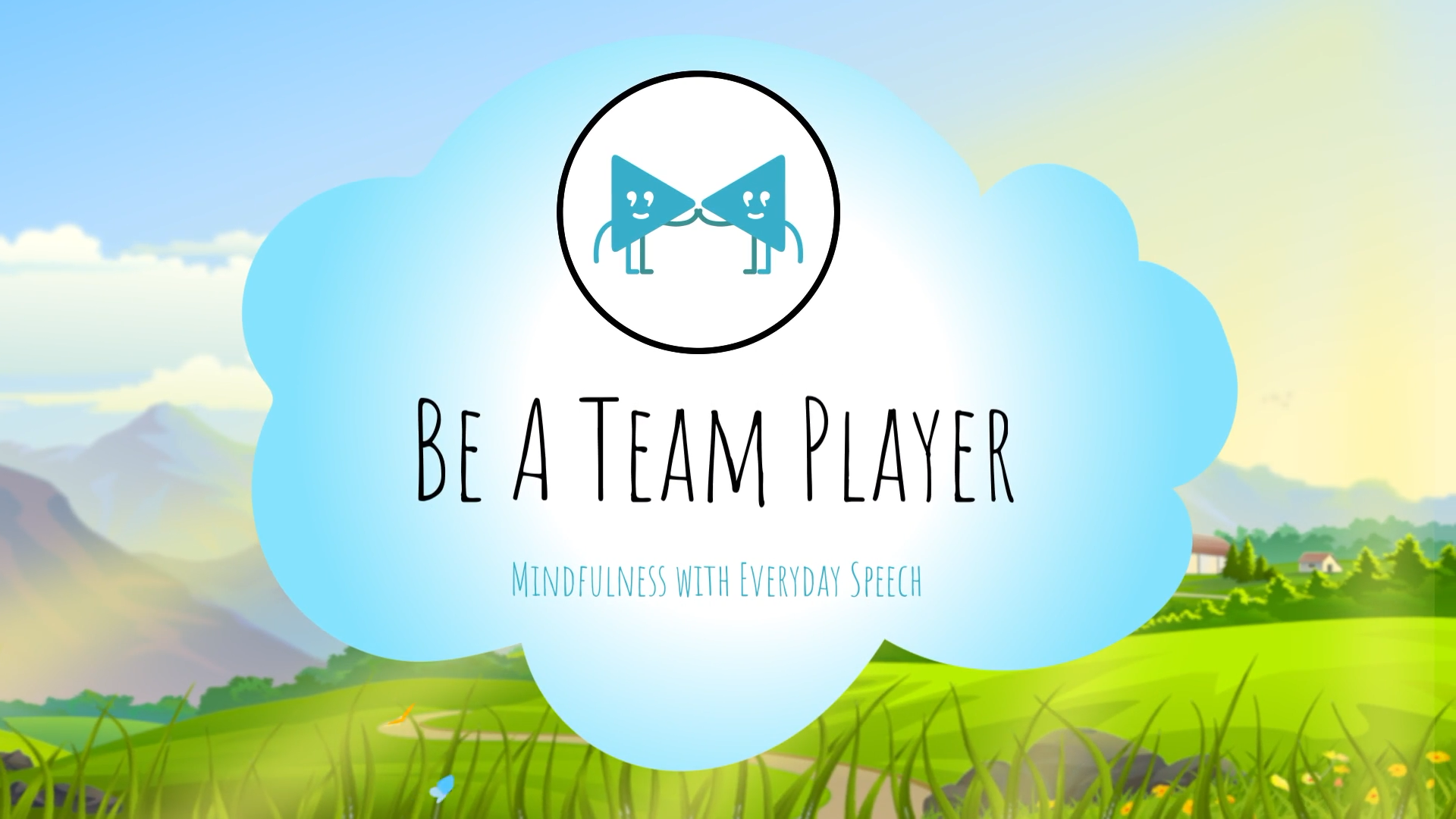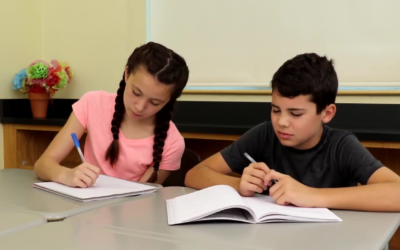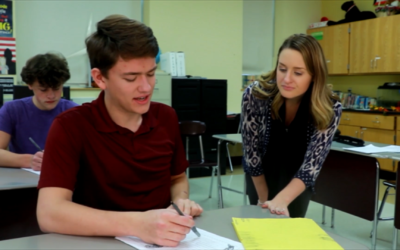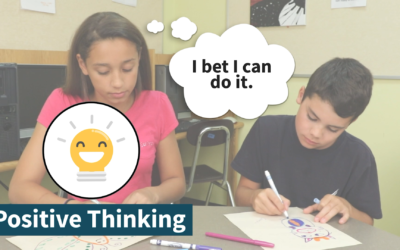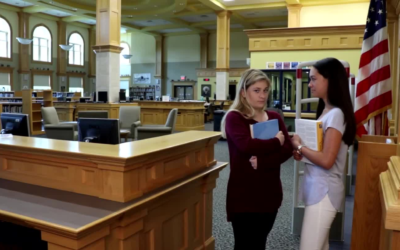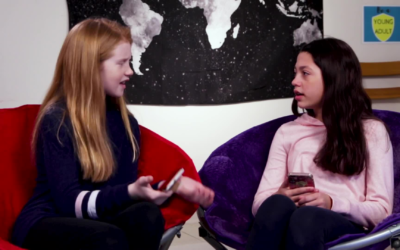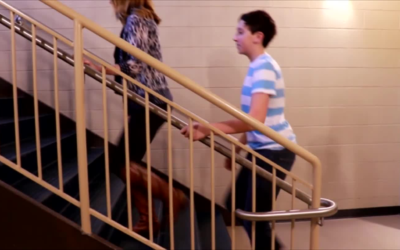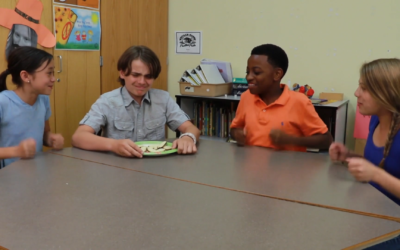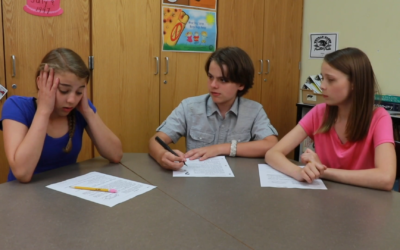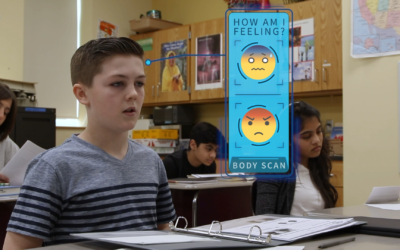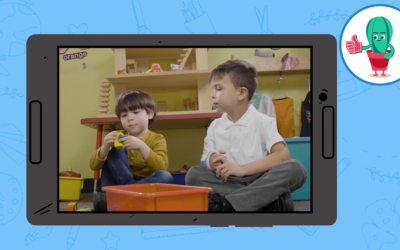Everyday Speech Blog
Social Skill Lesson Plans and Articles
No Results Found
The page you requested could not be found. Try refining your search, or use the navigation above to locate the post.
No-Prep Activities
Teaching Connected Play: A Guide for Educators – Social-Emotional Learning
Introduction Connected play is an essential aspect of children's social-emotional development. It helps them understand how to share ideas, collaborate, and communicate effectively with their peers. This blog post will provide a no-prep activity for educators to teach...
Guess What Happens Next: A Social-Emotional Learning Activity for Elementary Students
Introduction In this blog post, we will discuss a Social-Emotional Learning (SEL) activity called "Guess What Happens Next." This activity is designed to help elementary students understand the consequences of their actions in school and how these actions can impact...
Teaching Personal Space Awareness for Elementary Students
Introduction Personal space awareness is a vital skill for elementary students to learn as it helps them navigate social situations and form healthy relationships with their peers. In this blog post, we will explore a no-prep activity that educators can use to teach...
8 Ways to Teach Elementary Students to Be Good Team Players
Being a good team player is crucial for success in various aspects of life. It's essential for students to develop these skills early on, so they can function well in groups and be well-rounded individuals. In this blog post, we will discuss eight ways to teach...
Choosing Friends: Fostering Social-Emotional Skills in Special Education
Introduction Friendships play a crucial role in the lives of students, especially those in special education programs. By choosing friends who are a good fit, students can form meaningful connections that enhance their social-emotional skills. This blog post delves...
Teaching PreK Students to Recognize and Communicate Their Health Needs
As educators, one of our goals is to help students develop self-awareness and communication skills. This includes recognizing when they're unwell and knowing how to communicate their needs to teachers and caregivers. In this blog post, we'll discuss an easy, no-prep...
Encouraging Students to Seek Help: A Guide for Educators
Introduction As educators, we understand the importance of fostering a supportive classroom environment where students feel comfortable asking for help. When students seek assistance, they not only develop problem-solving skills but also improve their communication...
The Power of Positive Thinking and Perseverance for Elementary Students
Introduction As educators, we often witness students facing challenges that make them feel frustrated and want to give up. It is essential to teach them the importance of perseverance and positive thinking to overcome these obstacles. By fostering a growth mindset,...
Teaching Appropriate Eye Contact and Staring to High School Students
Introduction Social-Emotional Learning (SEL) plays a vital role in the development of high school students. One key aspect of SEL is understanding appropriate eye contact and staring, especially when interacting with peers they find attractive. Educators can help...
Teaching Cyber Skills to Special Education Students: Ensuring Safety in the Digital World
Introduction As educators, it's crucial to teach our students the importance of staying safe while using technology and social media. In the digital age, Cyber Skills are essential tools that help protect our students from potential dangers online. This blog post...
Teaching PreK Students Safe Stair Usage and Building Social-Emotional Learning
Introduction As educators, we are responsible for teaching our PreK students not only academics but also essential life skills to ensure their safety and well-being. One such skill is the proper use of stairs. By incorporating social-emotional learning (SEL)...
Handling Peer Pressure: Activities and Strategies for Special Education Students
Introduction Peer pressure is a common challenge faced by students, especially those in special education settings. It occurs when classmates or friends attempt to influence others to do something, either as a joke or with malicious intent. Understanding and dealing...
Helping Students Adapt to Change: Switching Tracks for a Calm Transition
Introduction Change is a part of life, and it can be challenging for anyone, especially for students with special needs. In this blog post, we will explore the concept of "Switching Tracks" to help students handle change calmly and effectively. By learning to switch...
Teaching Self-Control Strategies with the Self-Controller Scanner
Introduction Teaching self-control strategies to young students is essential for their social-emotional development. One effective tool for helping Kindergarten students maintain control of their thoughts and feelings is the Self-Controller Scanner. This concept...
Teaching PreK Students the Importance of Sharing Toys: An Engaging Activity for Educators
Introduction Sharing is an essential social skill that young children need to develop in order to build healthy relationships and interact positively with their peers. As an educator, it is crucial to teach PreK students the importance of sharing toys and the impact...

